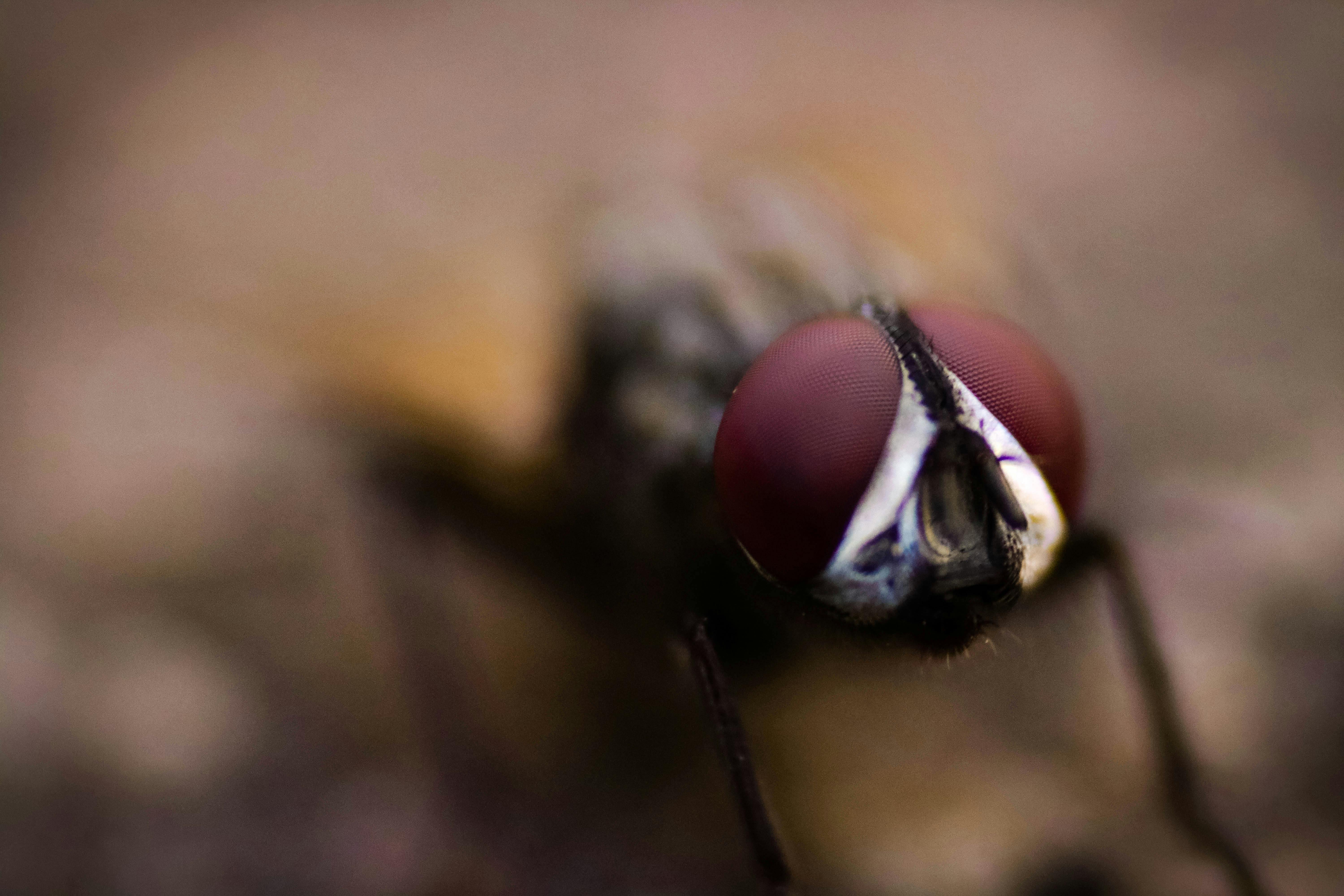Today, I read that Dhaka has the filthiest air in Bangladesh. But I'd like to point out that Dhaka has become the mosquito capital. We are all aware of the numerous little, cramped ponds in Dhaka that are seldom cleaned. These are the ideal areas for mosquito breeding. Another area that has become more alarming is the rooftop garden, which is not only the ideal breeding ground for Aedes mosquitos but also the source of as many mosquito larvae as possible. These little flying insects are well-known for their irritating bites and the stains they leave on the blood of humans and animals. Don't go with the size; they can be deadly because they suck your blood without your knowledge. They carry a variety of diseases, the most common and dangerous of which is Dengue fever.
Mosquito outbreaks occur primarily around the end of winter or early summer until autumn. Some experts have already predicted that this year will see the largest mosquito outbreak. Nowadays, the quantity of mosquitos has increased, and we can't stay outside from the evening till midnight; even during the day, we observe a lot of mosquitoes flying inside or outside the house. Companies provide a variety of mosquito coils, and most of them include chemicals that are dangerous to our health. I remember viewing an award-winning horror short film about mosquito nets over two years ago. In that film, most of the residents in a small town were slaughtered by dangerous creatures, and those who survived utilized their mosquito nets to defend themselves from the monster. Monsters only attack humans at night; during the day, they hide in their nests. This is a fantastic short film; search for "Moshari" on YouTube; in Bengali, Moshari means mosquito net.
Another annoyance is the presence of flies at all hours of the day and night, from home to market. When I think about food, the first thing that comes to mind is if it is wholesome and contains any preservatives. The next concern that comes to mind is germs. As we all know, most local consumer markets have no fly safety procedures in place, most of the items are exposed, and flies are constantly flying around. People today suffer from a variety of gastrointestinal issues as a result of eating unhygienic food. Food poisoning is a serious problem these days, and flies are responsible for the majority of instances. We are purposefully compelled to see a doctor, take tests and drugs, and if that doesn't work, more tests and more money, or, in the worst-case scenario, admission to the hospital and more bills and charges.
In my house, I discarded 10-15 flies per day, but these figures do not reflect the true scenario. Sometimes I wonder why people buy unsanitary foods. During Ramadan, people go to Choc-Bazaar to get fast food and oily cuisine prepared in unhygienic conditions. They spend their considerable money on gastric, food poisoning, and other stomach problems.
The last insect is the Grig, which is the least destructive to the environment and has a small deformity in its neck. They are always making noise with their harsh tone, and it might be difficult to ignore their tolerance for noise. However, this one is most commonly seen in villages and areas with a lot of trees and little ponds.
Finally, I advocate for prioritizing our health, particularly through mindful eating habits. While one would believe that healthy options include expensive imported fruits and gourmet meals, I recommend a simpler approach: embrace locally obtained fruits and veggies. These widely available solutions are nutritionally robust and fresh, providing sufficient sustenance for good health. We can build healthier lives that are both accessible and sustainable by avoiding greasy foods and replacing them with locally produced produce and cooked meals. Let us nourish our bodies with nutritious, locally sourced foods, promoting vigor and well-being.

